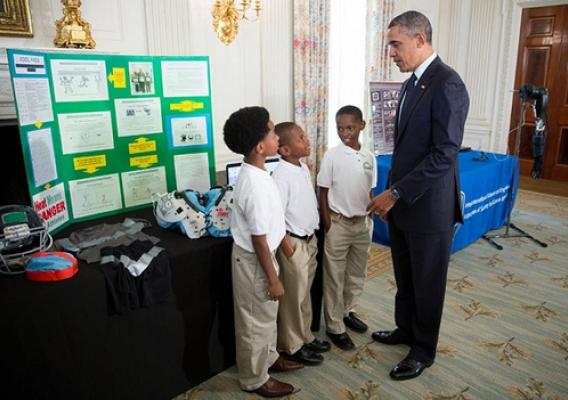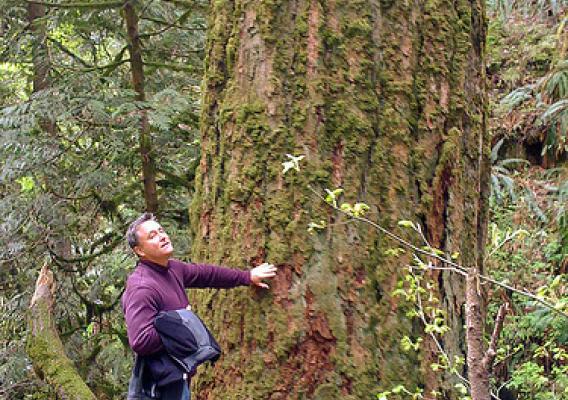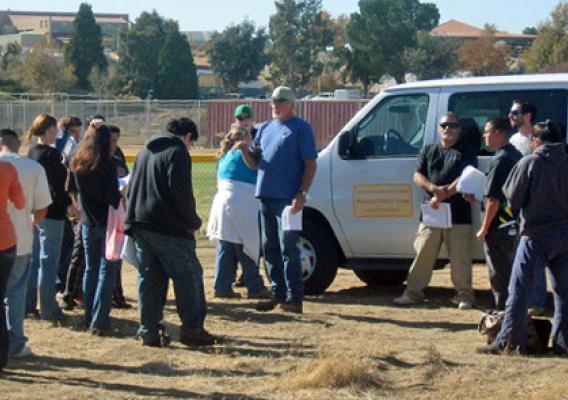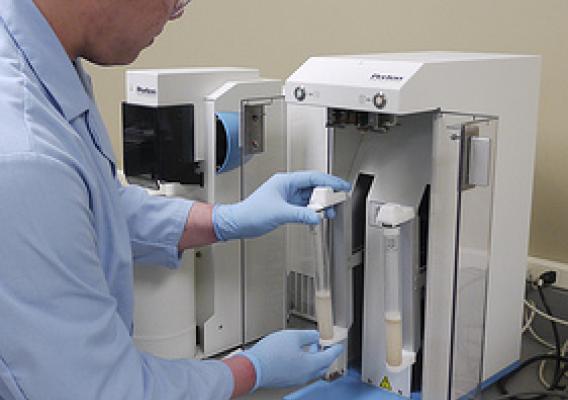Earth Day was earlier this week and one village in Wisconsin has helped secure the future for themselves and their children through environmental upgrades. Nestled in a valley in western Wisconsin, the Village of Spring Valley has faced its share of challenges throughout its history. Prior to completion of an earthen dam in 1968, flooding was a chronic problem.
Two projects largely funded by USDA Rural Development have improved the quality of life and the environment in Spring Valley. The first, completed in June 2011, is the new wastewater treatment plant. Because the Rotating Biological Contactor system’s capacity had been significantly reduced in years prior, the need to upgrade the plant was inevitable. The Village received $3.5 million in funding through USDA Rural Development’s Water and Environmental program.
“The wastewater treatment plant is more compliant with the Wisconsin Department of Natural Resources. We release back into the Eau Galle River after treatment, so it’s imperative that we meet the standards,” said Marsha Brunkhorst, Spring Valley Village President.









